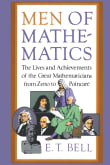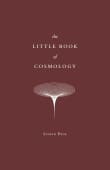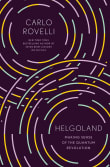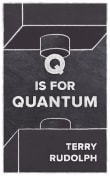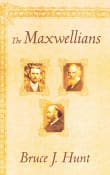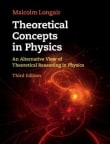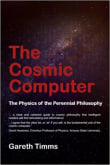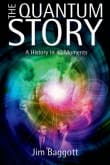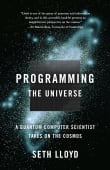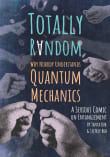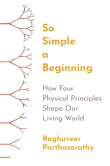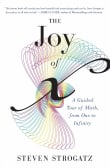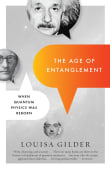QED
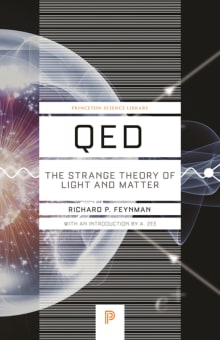
Book description
Celebrated for his brilliantly quirky insights into the physical world, Nobel laureate Richard Feynman also possessed an extraordinary talent for explaining difficult concepts to the general public. Here Feynman provides a classic and definitive introduction to QED (namely, quantum electrodynamics), that part of quantum field theory describing the interactions of…
Why read it?
4 authors picked QED as one of their favorite books. Why do they recommend it?

Blew my world apart.
Without one single formula, Feynman takes you to the heart of quantum theory. The foundations of everything you thought you knew about light get ripped out and replaced by new foundations that cover every success of the 19th-century theory yet offer new vistas. I will probably read this tiny book every year for the rest of my life; each time I get new insights into physics (and the presentation of physics).
After reading it, you will understand the stationary-phase principle better than most Physics PhD students without one formula.
From Philip's list on have your own science or math ideas.

My second pick is by the master himself. Richard Feynman’s little book explains quantum electrodynamics or QED to a lay audience. Not only did he receive a Nobel Prize for his discoveries in this area, but Feynman was at the pinnacle of using deep understanding of physics to give the simplest possible yet accurate description of the world as seen through physics. He steps the reader slowly and carefully through some incredible journeys of logic (without equations) to explain how light travels from one place to another and how light interacts with matter such as electrons. It’s basic stuff, but…
From Michael's list on quantum physics and quantum technology for beginners.

How can anyone write a book on quantum electrodynamics without equations? Nobody but Richard Feynman would even have thought of attempting such a thing. Yet he manages to explain the complex behaviour of photons and electrons in a way that people without training in advanced mathematics can understand. It’s not a book for the casual browser – the reader has to think and it can be hard work. But that’s because Feynman has integrity. There’s no skimping – he gives you the full works. And you only have to read one sentence to hear the New York accent and see…
From Basil's list on science to enjoy and to get you thinking.

Richard Feynman, who I was lucky enough to be taught by at Caltech, was the most important American physicist of the post-war era. His greatest achievement – for which he shared the 1965 Nobel Prize for Physics – was “quantum electrodynamics”, the theory of how light interacts with matter. After winning the prize, a friend challenged him to explain QED to ordinary people. At first, Feynman thought it impossible. But then he found a way.
Feynman’s genius was to come with pictures, little “arrows” that depict how particles of light – photons – interact with particles of matter – principally…
From Marcus' list on physics and physicists.
Want books like QED?
Our community of 12,000+ authors has personally recommended 100 books like QED.
